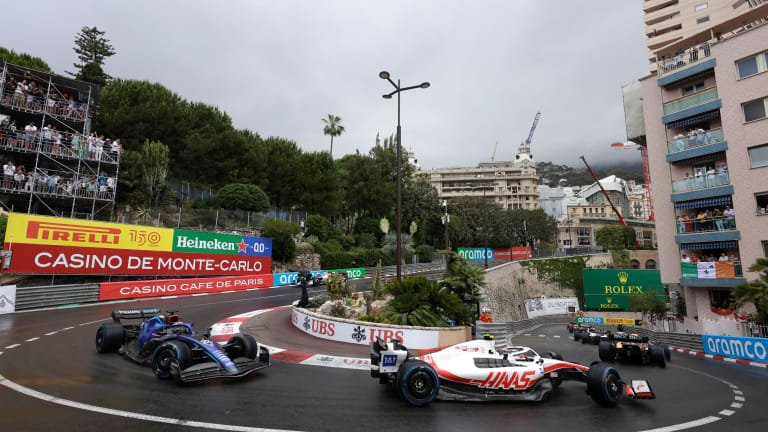
F1 Monaco Grand Prix Track Guide - What You Need To Know Ahead Of This 2023 Weekend

The Circuit de Monaco is one of the most iconic and challenging tracks on the Formula 1 calendar. Located in the heart of Monte Carlo, Monaco, it is known for its narrow streets, tight corners, and unforgiving barriers. The track is renowned for its history, glamour, and the incredible spectacle it provides to both drivers and spectators. Here's a basic track guide and everything you need to know about the track going into this weekend.
Monaco Grand Prix Track Layout
The Circuit de Monaco has a unique layout that sets it apart from other Formula 1 tracks. Spanning just 3.337 kilometres (2.074 miles), it is the shortest track on the Formula 1 calendar. Despite its short length, it packs a punch with its 18 corners, including some of the most famous sections in motorsport.
The track starts on the Boulevard Albert I, near the iconic harbour of Monaco. From there, the drivers navigate through the tight Sainte-Dévote corner, which requires precise braking and control. They then proceed uphill towards the challenging Massenet corner and the fast and narrow Casino Square.
Following Casino Square, the track descends towards the slow and technical Mirabeau corner, where patience and precision are key. The drivers then face the daunting challenge of negotiating the Grand Hotel Hairpin, famously known as the slowest corner in Formula 1. It requires exceptional car control and strategic positioning to maximize speed through this tight turn.
The track continues through a tunnel, adding an element of unpredictability as drivers transition from daylight to darkness and back again. Emerging from the tunnel, they encounter the high-speed chicane known as the Swimming Pool complex. This section demands utmost precision and bravery, as the barriers are just inches away.
The final sections of the track include the tight Rascasse corner, where drivers must avoid hitting the wall on the exit, and the challenging Antony Noghes corner, leading back to the start-finish straight on the Boulevard Albert I.
Read more: Monaco Grand Prix: Why American F1 Fans Should Flock to This Glittering Spectacle
Key features and challenges of the track
The Circuit de Monaco presents numerous challenges to drivers. Its narrow streets and tight corners leave no room for error, requiring absolute precision in every manoeuvre. Overtaking opportunities are scarce, making qualifying crucial for securing a good starting position.
The proximity of the barriers throughout the track adds an extra layer of risk. A small mistake can result in significant damage to the car or even retirement from the race. Drivers must find the right balance between pushing the limits and maintaining control to navigate this demanding circuit successfully.
Another unique aspect of the Monaco track is the lack of runoff areas. Unlike modern racetracks, there are no large gravel traps or expansive asphalt runoffs. Instead, the barriers are always close by, punishing any misjudgment or loss of control. This unforgiving nature of the track keeps drivers on edge throughout the race. Sergio Perez and Mick Schumacher know this well after last year.
Additionally, the Circuit de Monaco presents a significant test for car setup. The tight and twisty nature of the track requires a lot of mechanical grip. Finding the optimal setup for maximizing traction and stability while maintaining agility is crucial for a competitive lap time.
